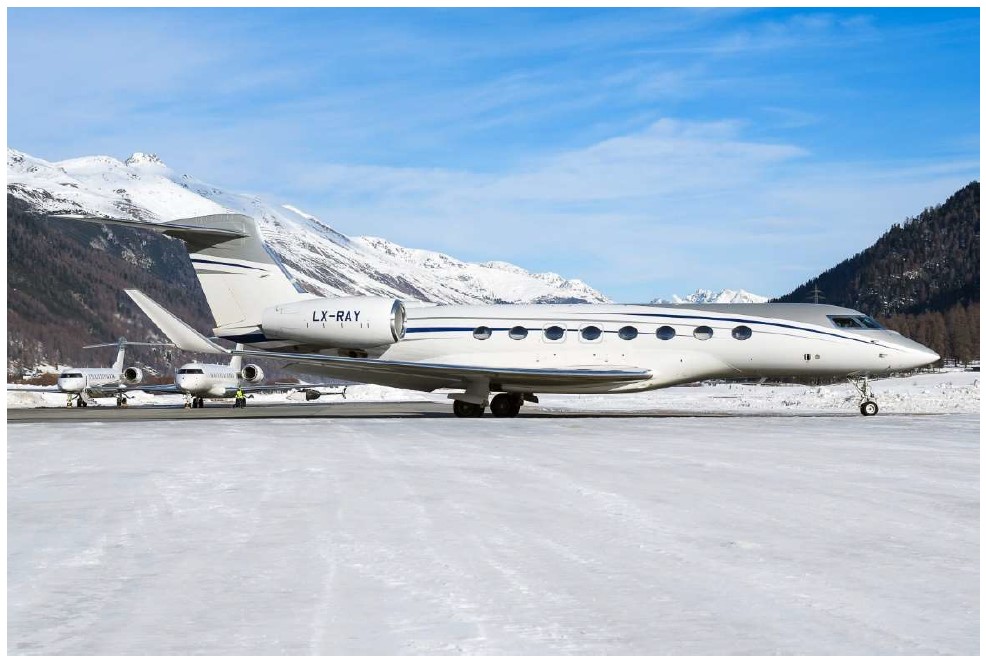
Export Control Reform Act: New Tool in Enforcing Russian Sanctions
The U.S. government continues to expand its tools for seizing Russian-controlled assets following the Russian invasion of Ukraine. In the past two months, the U.S. Department of Justice (DOJ) has obtained a seizure warrant for high-profile airplane assets through the Export Control Reform Act of 2018 (ECRA), 50 U.S.C. §§ 4811, et seq. This client advisory focuses on the ECRA as a new tool for enforcing U.S. national security and foreign policy interests, and explains what this means for future business compliance with U.S. law.
The DOJ’s Invocation of the ECRA
Earlier this summer, the DOJ obtained a seizure warrant for two aircraft—a $350 million aircraft Boeing 787-8 and a $60 million Gulfstream G650ER—owned by Roman Abramovich, a Russian oligarch who does not appear on the Specially Designated Nationals and Blocked Persons (SDN) list. See Seizure Warrant, In re: a Boeing 787-8 Dreamliner & Gulfstream G650ER Aircraft, No. 22-MAG-4860 (S.D.N.Y. Jun. 6, 2022).
Unlike other seizure warrants, this one cited the ECRA to initiate the civil asset forfeiture proceedings. The U.S. District Court for the Southern District of New York found that the airplanes are subject to seizure and forfeiture based on probable cause of violations of the ECRA coupled with recent Russian sanctions.
As the warrant explains, the ECRA grants the President of the United States the authority, among other things, to “control . . . the export, reexport, and in-country transfer of items subject to the jurisdiction of the United States, whether by United States persons or by foreign persons . . . relating to” specific categories of items and information. 50 U.S.C. § 4812(a). The ECRA further grants the Secretary of the U.S. Department of Commerce (Commerce) the authority to establish the applicable regulatory framework.
Pursuant to that authority, Commerce reviews and controls the export of certain items, including goods, software, and technologies, from the United States to foreign countries through the Export Administration Regulations (EAR), 15 C.F.R. §§ 730-774. In particular, the EAR restrict the export of sophisticated technologies designed and produced in the United States, as well as certain foreign-produced items that contain or are based on U.S.-origin technology. The EAR impose licensing and other requirements for items subject to the EAR to be lawfully exported from the United States – or lawfully reexported from one foreign destination to another. In February, in response to Russia’s invasion of Ukraine, Commerce added Russia-related license requirements and licensing policies, including expanded prohibitions on the export, reexport, or in-country transfer of, among other things, aircraft and aircraft parts and components to or within Russia without a license, with limited exceptions.
Notably, under 50 U.S.C. § 4801, “[t]he term ‘reexport’ . . . includes . . . the shipment or transmission of the item from a foreign country to another foreign country, including the sending or taking of the item from the foreign country to the other foreign country, in any manner.” See also 15 C.F.R. § 734.14 (definition of “reexport” under the EAR).
Aircraft and aircraft parts and components are among the most sensitive items subject to EAR controls.
DOJ alleges the Boeing 787–8 Dreamliner flew from Dubai, United Arab Emirates to Moscow, Russia and then back to Dubai on March 4. DOJ also alleges the Gulfstream flew from Istanbul, Turkey to Moscow, Russia on March 12. According to the DOJ, the Boeing and the Gulfstream were each U.S.-manufactured aircraft classified as subject to the EAR, and therefore a Bureau of Industry and Security (BIS) license was required for their reexport to Russia. The DOJ alleges that Abramovich beneficially owned and/or controlled the Gulfstream through a series of shell companies and reexported these aircraft in March 2022 without obtaining a license.

Implications for Compliance
If true, these airliners were reexported in contravention of BIS orders. If the U.S. is able to secure custody over the airliners, DOJ could forfeit Abramovich’s ownership of these airliners – together worth more than $400 million.
This investigation and warrant showcases increased global reach of U.S. sanctions following Russia’s invasion of Ukraine – particularly for items flowing from actors not on the SDN list. The DOJ could potentially utilize the ECRA in obtaining seizure warrants for other sophisticated technologies, including aircraft parts or their components, designed or produced in the United States, and other items produced abroad that contain or are based on sensitive U.S.-origin technology.
Conclusion
The DOJ seems ready to continue to use the ECRA to obtain seizure warrants for assets as part of the U.S.’ efforts to ensure technology originating in the United States does not flow to actors adverse to U.S. national security or foreign policy interests. Companies must remain vigilant and up-to-date to ensure they are not running afoul of the U.S.’ evolving export controls.
Buchanan’s coordinated team of national security attorneys can help advise clients on sanction trends and provide clients with guidance related to compliance.


